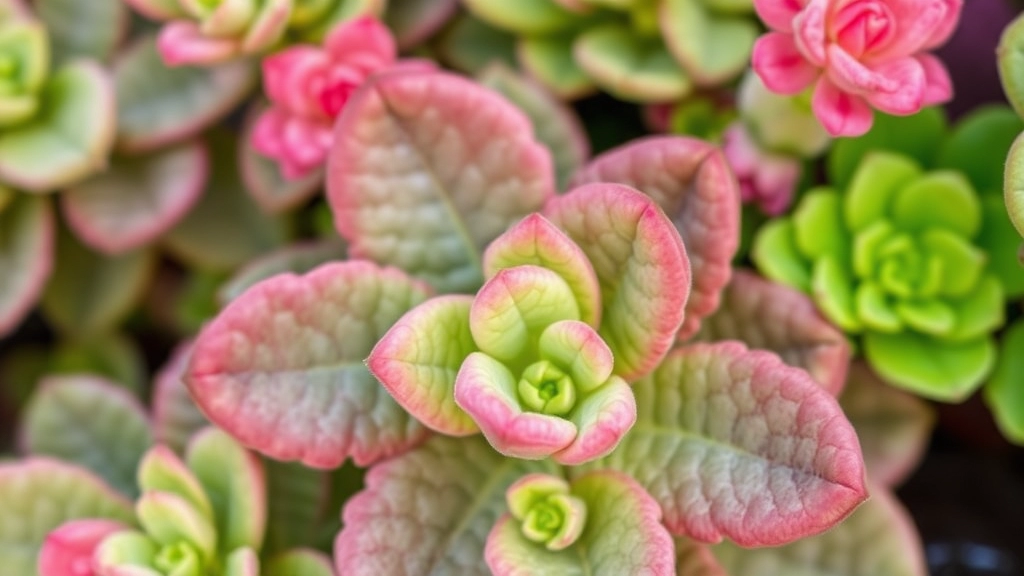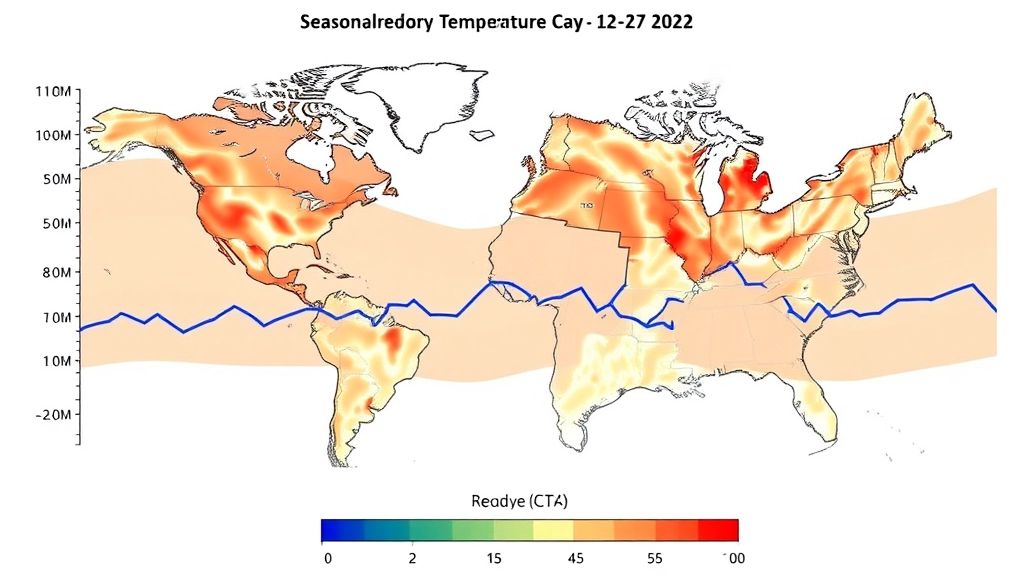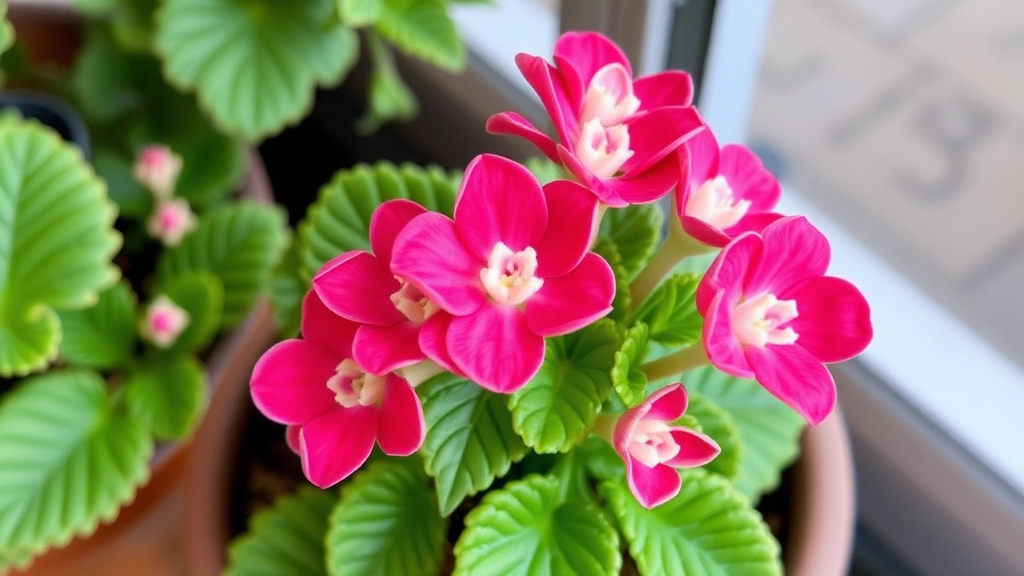Kalanchoe Temperature Guide
Ever wondered about the perfect Kalanchoe temperature in Celsius? You’re in the right place. Let’s dive straight into the ideal conditions for keeping your Kalanchoe thriving. No fluff, just the facts you need.
Ideal Temperature Range
First off, Kalanchoes prefer a comfortable range of 15-24°C. This temperature range ensures they stay healthy and vibrant. Keep them away from cold drafts and sudden temperature changes to avoid stress. Now, let’s get into the specifics.
Optimal Temperature Range for Kalanchoe
When it comes to caring for Kalanchoe, many plant lovers often wonder about the best temperature conditions for optimal growth.
Kalanchoe thrives in a warm environment, ideally between 20°C and 25°C (68°F to 77°F) during the day.
This temperature range mimics its native habitat, allowing it to flourish and produce vibrant blooms.
Key Points:
- Daytime Temperature: 20°C to 25°C (68°F to 77°F)
- Nighttime Temperature: 15°C to 18°C (59°F to 65°F)
Maintaining this balance is crucial for the overall health of your Kalanchoe.
If temperatures drop below 10°C (50°F), the plant may start to show signs of stress, impacting its growth and flowering.
Conversely, exposure to temperatures above 30°C (86°F) can lead to wilting and dehydration. For more detailed tips on keeping your Kalanchoe healthy, check out our summer care tips. Additionally, if you notice any issues with your plant, our guide on why Kalanchoe leaves dry out can help you troubleshoot common problems.
Temperature Tolerance and Limits

So, you’re wondering how much heat or chill your Kalanchoe can handle, right?
Well, these lovely plants have their comfort zones, and knowing them can save you a lot of hassle.
Temperature Tolerance
Kalanchoes thrive best in temperatures between 20°C to 25°C (68°F to 77°F).
They’re pretty adaptable, but they do have their limits.
- Cooler Conditions: They can tolerate temperatures as low as 10°C (50°F) for short periods.
- Warmer Weather: They’re also fine with temps up to 30°C (86°F), but prolonged exposure can stress them out.
Temperature Limits
Going beyond these ranges? That’s where things can get dicey.
- Below 10°C: Your Kalanchoe might start to struggle. You could see wilting or even leaf drop.
- Above 30°C: They can become dehydrated quickly, leading to sunburned leaves and stunted growth.
As we explore the effects of temperature on Kalanchoe, it’s crucial to understand how low temperatures can impact this resilient plant.
Kalanchoe thrives in warmer environments, and exposure to low temperatures can lead to several issues.
### Key Impacts of Low Temperatures:
– **Stunted Growth:** When temperatures drop below 10°C (50°F), Kalanchoe may experience slowed growth or become dormant. This can hinder its overall health and flowering potential.
– **Leaf Damage:** Leaves may start to turn yellow or develop soft spots. Prolonged exposure can cause wilting, leading to potential leaf drop.
– **Root Rot:** Cold soil can retain moisture, increasing the risk of root rot. This is particularly problematic if the plant is overwatered.
– **Increased Vulnerability:** Low temperatures weaken the plant’s immune system, making it more susceptible to pests and diseases.
To mitigate these effects, consider the following strategies:
– **Indoor Placement:** Keep your Kalanchoe indoors during colder months. A warm, bright windowsill is ideal.
– **Temperature Monitoring:** Use a thermometer to ensure your plant stays within its optimal temperature range.
– **Avoid Drafts:** Position your Kalanchoe away from cold drafts, such as those from windows or air conditioning units.
For more comprehensive care tips, you might find our [complete care guide for Kalanchoe daigremontiana](https://planthq.org/complete-care-guide-for-kalanchoe-daigremontiana-pink-butterflies/) useful. Additionally, understanding the [causes and solutions for soft Kalanchoe leaves](https://planthq.org/why-are-my-kalanchoe-leaves-turning-soft-causes-solutions/) can help you keep your plant healthy during colder periods.
Effects of High Temperatures on Kalanchoe

High temperatures can pose significant challenges for Kalanchoe plants, leading to various stress-related issues.
As a passionate gardener, I often see concerns about how heat affects these resilient plants. When temperatures rise above their optimal range, Kalanchoe can exhibit several adverse effects.
Key Effects of High Temperatures:
- Leaf Scorching: Excessive heat can cause the leaves to become crispy and brown at the edges. This is often a sign of dehydration.
- Wilting: Prolonged exposure to high temperatures can lead to wilting, as the plant struggles to retain moisture.
- Stunted Growth: Extreme heat can slow down growth, inhibiting the plant’s ability to produce new leaves and flowers.
- Flower Drop: Kalanchoe may drop its buds or flowers prematurely when temperatures soar, impacting its blooming cycle.
- Pest Infestation: High temperatures can attract pests like aphids and spider mites, which thrive in warm conditions and can further weaken the plant.
To mitigate these issues, it’s vital to monitor temperature levels and adjust care accordingly.
When it comes to keeping your Kalanchoe healthy indoors, the temperature plays a crucial role.
### What is the perfect temperature range?
Kalanchoe thrives best in a temperature range of **18°C to 24°C**. This range provides the warmth and stability that encourages growth and flowering.
### Why does this matter?
Maintaining this ideal temperature helps prevent stress on the plant, which can lead to various issues, including wilting or stunted growth.
### Key Tips for Indoor Temperature Management:
– **Avoid Cold Drafts:** Keep your Kalanchoe away from windows or doors that may let in chilly air.
– **Use Thermometers:** Consider using a thermometer to monitor the temperature in the room.
– **Heating Sources:** Be cautious of placing your plant near radiators or heating vents, as these can create hot spots.
– **Humidity Control:** Kalanchoe prefers moderate humidity, so consider using a humidifier if your indoor air is too dry.
### Examples to Consider:
I once had a Kalanchoe that flourished beautifully by a sunny window, but when winter came, I noticed it struggling due to cold drafts. By simply moving it a few feet away, it bounced back, showcasing the importance of temperature control.
By ensuring your Kalanchoe is in the right temperature zone, you set the stage for vibrant blooms and healthy leaves. For more detailed information, you can check out this [Kalanchoe temperature tolerance guide](https://planthq.org/kalanchoe-temperature-tolerance-guide-optimal-conditions/) and additional [Kalanchoe care tips for thriving in Texas climate](https://planthq.org/kalanchoe-care-tips-for-thriving-in-texas-climate/).
Seasonal Temperature Adjustments

As the seasons change, so do the needs of your Kalanchoe.
You might be wondering, “How can I keep my plant thriving as temperatures fluctuate?”
Spring and Summer:
- During these warmer months, your Kalanchoe will love temperatures between 20-25°C.
- Keep it in a bright spot but avoid direct midday sun, which can scorch those lovely leaves.
Autumn:
- As the days get shorter and cooler, it’s time to gradually lower the temperature.
- Aim for around 15-20°C, ensuring your plant still gets plenty of light.
Winter:
- This is crucial! Kalanchoe can struggle if temperatures drop below 10°C.
- Bring it indoors if you live in a colder area, and keep it away from chilly drafts.
Tips for Transitioning:
- Move your plant gradually to avoid shocking it.
- Keep an eye on the weather and adjust its location as needed.
As we explore how to best care for your Kalanchoe, it’s essential to consider ways to safeguard it from temperature extremes. This succulent thrives within a specific temperature range, and protecting it from harsh conditions is crucial for its health and longevity.
Here are some practical tips to ensure your Kalanchoe remains vibrant and flourishing:
– **Monitor Indoor Temperature:** Keep your home’s temperature between 18°C and 24°C. Use a thermometer to ensure you’re within this optimal range.
– **Avoid Drafts:** Position your Kalanchoe away from windows and doors that can let in cold drafts. Sudden temperature changes can stress the plant.
– **Insulate Pots:** If your Kalanchoe is outdoors, consider using insulating materials around the pot during colder months. This helps maintain a stable root temperature.
– **Use Shade Cloths:** In hot weather, employ shade cloths or move the plant to a location with indirect sunlight to prevent overheating.
– **Humidity Control:** Maintain moderate humidity levels. Too much humidity can lead to fungal issues, while too little can dry out the plant.
– **Water Wisely:** Adjust your watering schedule based on temperature. In hotter months, your Kalanchoe may need more frequent watering, while in cooler months, reduce the frequency.
– **Gradual Acclimation:** If you’re moving your Kalanchoe outdoors for the summer, do so gradually to help it acclimatize to the new temperature conditions.
– **Watch for Signs:** Keep an eye out for signs of stress, such as wilting or discoloration, which can indicate that your Kalanchoe is not happy with its current environment.
By implementing these tips, you can create a nurturing environment for your Kalanchoe, ensuring it thrives despite temperature fluctuations. For more detailed information on optimal conditions, you can refer to our [Kalanchoe Temperature Tolerance Guide](https://planthq.org/kalanchoe-temperature-tolerance-guide-optimal-conditions/). Additionally, if you encounter any issues with your plant’s health, our [Guide to Treating and Preventing Kalanchoe White Bugs](https://planthq.org/how-to-treat-and-prevent-kalanchoe-white-bugs/) can be a helpful resource.
FAQs on Kalanchoe Temperature Tolerance
What is the ideal temperature range for Kalanchoe plants?
Kalanchoes thrive best in temperatures between 20°C to 25°C (68°F to 77°F). This range ensures optimal growth and blooming.
Can Kalanchoe tolerate cooler temperatures?
Yes, Kalanchoes can tolerate temperatures as low as 10°C (50°F) for short periods. However, prolonged exposure to such low temperatures can cause stress and damage.
What happens if the temperature drops below 10°C?
If temperatures fall below 10°C, Kalanchoes might start to struggle, showing signs like wilting or even leaf drop. It’s best to bring them indoors or provide additional warmth.
How do high temperatures affect Kalanchoe plants?
High temperatures can lead to various issues such as leaf scorching, wilting, stunted growth, flower drop, and increased susceptibility to pests. It’s important to monitor and manage heat exposure.
What is the maximum temperature Kalanchoe can handle?
Kalanchoes can handle temperatures up to 30°C (86°F), but prolonged exposure to such heat can stress them out, leading to dehydration and sunburned leaves.
How should I care for my Kalanchoe during spring and summer?
During spring and summer, maintain temperatures between 20-25°C. Place your Kalanchoe in a bright spot but avoid direct midday sun to prevent leaf scorching.
What adjustments should I make for my Kalanchoe in autumn?
In autumn, gradually lower the temperature to around 15-20°C, ensuring your plant still receives plenty of light. This helps it adapt to the cooler conditions smoothly.
How can I protect my Kalanchoe during winter?
In winter, avoid temperatures below 10°C. Bring your Kalanchoe indoors if you live in a colder area and keep it away from chilly drafts to prevent stress and damage.
Any tips for transitioning my Kalanchoe between seasons?
To transition your Kalanchoe between seasons, move it gradually to avoid shocking it. Monitor the weather and adjust its location as needed to maintain its comfort.
References
-
Gardening Know How: Kalanchoe Plant Care
-
The Spruce: How to Grow Kalanchoe Plants Indoors
-
The Old Farmer’s Almanac: Kalanchoe
